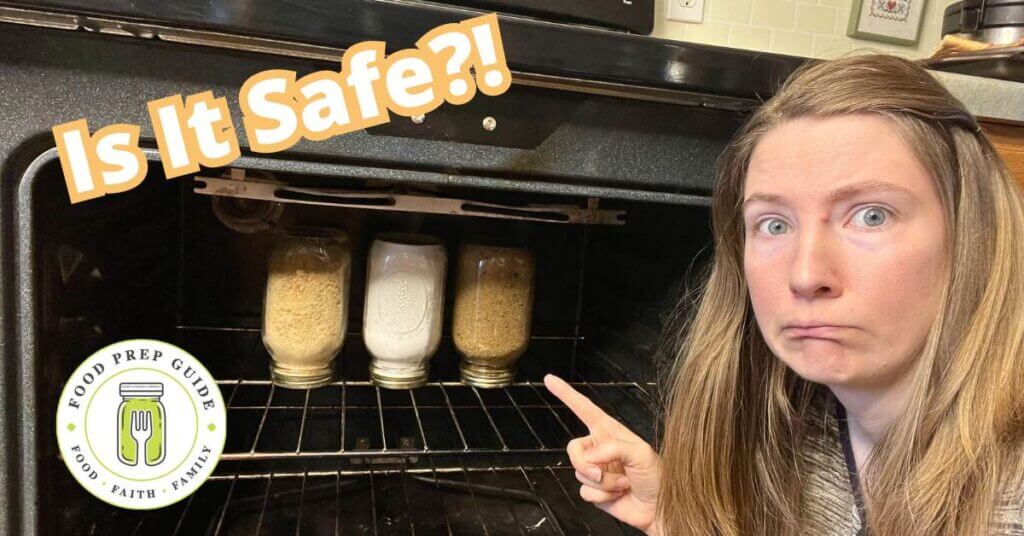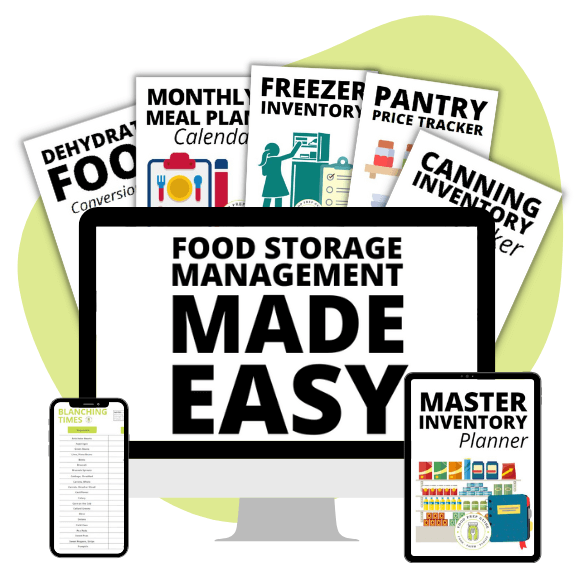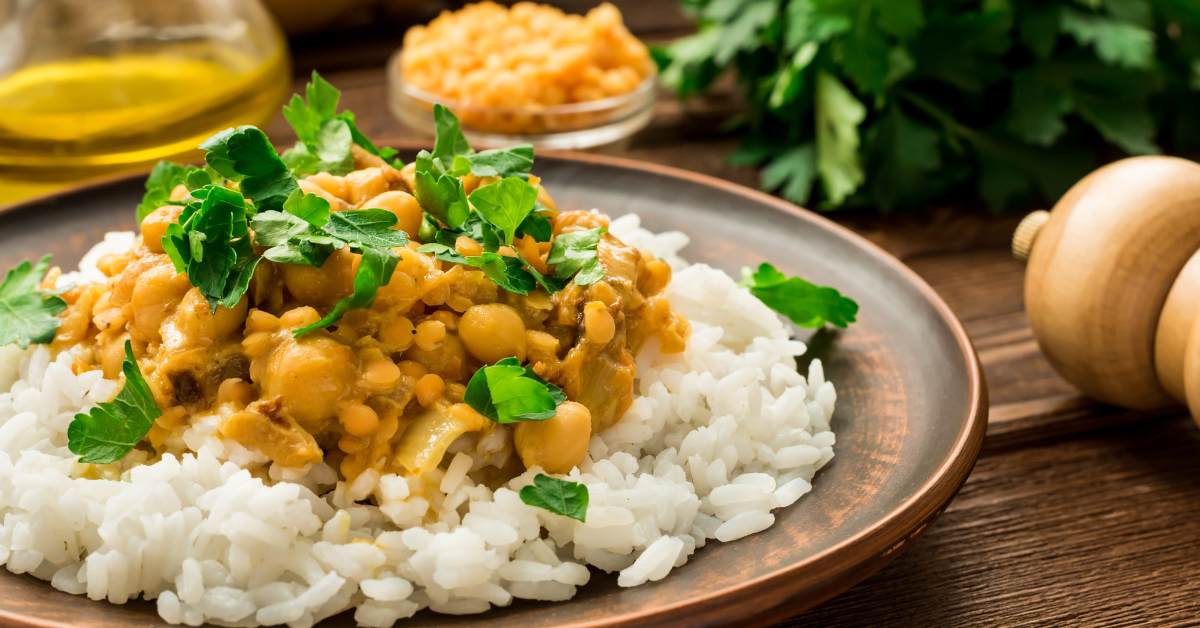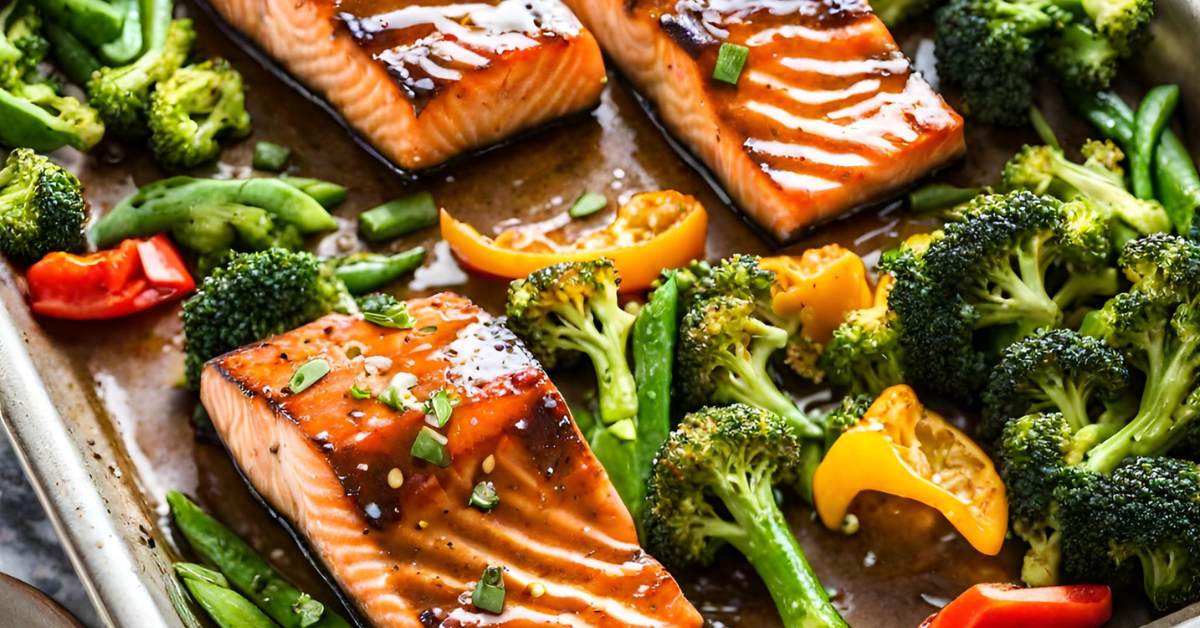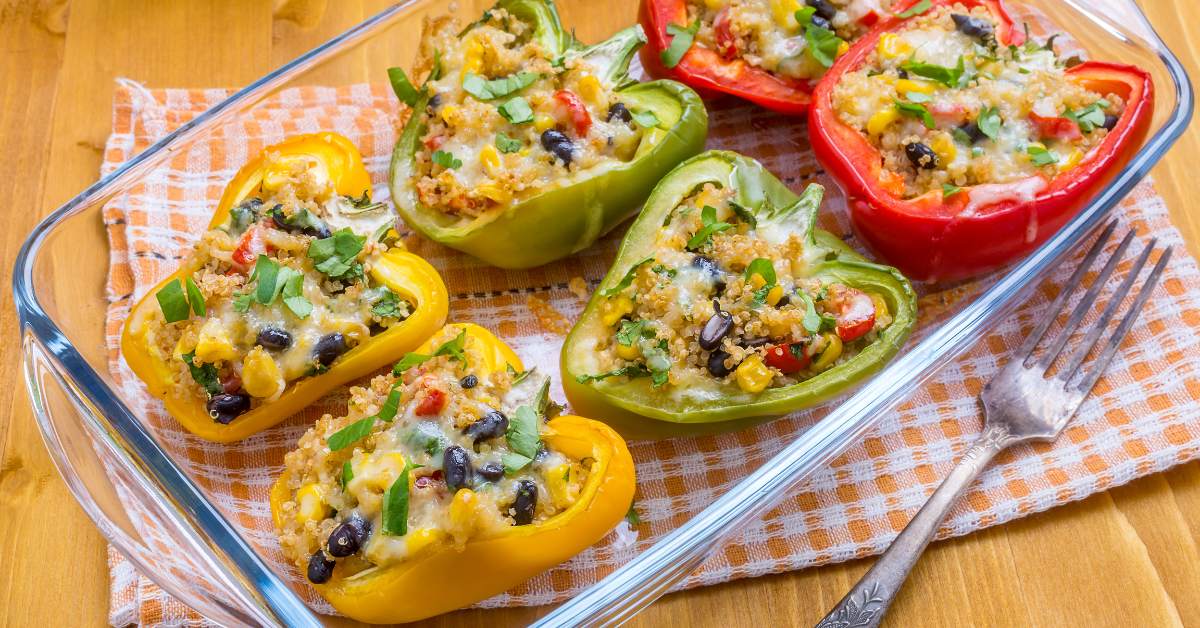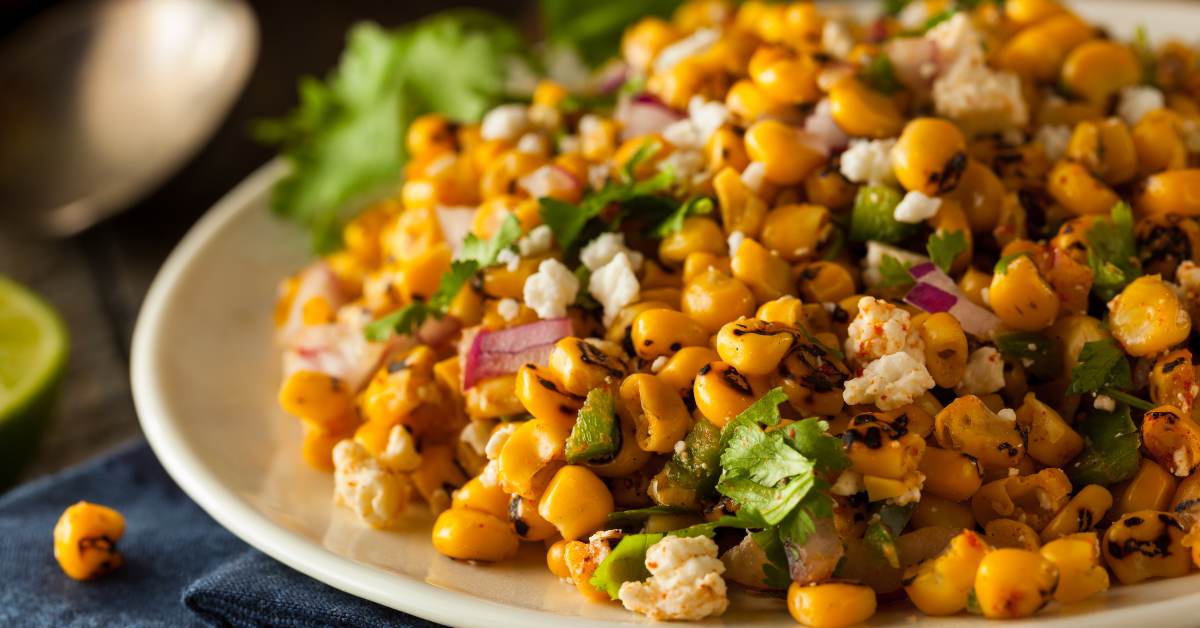If you scroll too long in social media canning groups, you will likely see the term “dry canning” or “oven canning.”
There seems to be some confusion surrounding these terms. I’ve seen people using them to refer to various methods such as true dry canning, oven canning, or even vacuum sealing dry goods in mason jars.
It’s important for new canners to understand which of these methods are safe and which ones should be avoided.
Let’s dive into each method and clarify their differences.
Is Vacuum Sealing the Same as Dry Canning?
One common use of the term “dry canning” is when people put dry goods like rice or flour in mason jars and then vacuum seal them.
Check out this guide if you want to learn how to vacuum seal dry goods in mason jars.
This method is absolutely safe. (Even in the polarized canning world this isn’t debated.)
But … it’s also not called “dry canning.”
Referring to this process as dry canning may cause confusion for new canners since it doesn’t involve canning at all.
It’s simply called vacuum sealing, which accurately describes what is happening—removing air from the jar through suction created by an external device.
What About Oven Canning?
Another method often associated with dry canning is “oven canning”—primarily used for dry foods like rice, beans, flour grains, and oats.
However, oven canning is, once again, not “canning.” Also, it poses some risks.
Mason jars are designed for moist heat and may shatter when exposed to dry heat over an extended period of time.
While there isn’t a risk of botulism or food poisoning (as long as it’s dry goods only), the potential danger lies in shattered glass causing injuries or creating a mess in your kitchen.
(I’m not providing instructions for oven canning because I don’t recommend it.)
Beware: Do Not Use Wet Ingredients in Oven Canning
I can’t move on without mentioning that attempting to “oven can” with wet ingredients—like tomato sauce—is not safe.
The temperature inside the jars isn’t guaranteed to reach temperatures high enough to eliminate bacteria that can cause foodborne illnesses like botulism.
Dry Canning: Pressure Canning Without Liquid
The true definition of dry canning refers to pressure canning without adding liquid to the jars.
I’ve seen people do this primarily with vegetables such as potatoes, sweet potatoes, and carrots.
Though popular on social media, this practice is not considered safe. The absence of liquid makes it challenging for heat to distribute evenly throughout the jar during processing.
I think this method is gaining steam because people don’t like the “mushiness” that sometimes results from the canning process.
If that’s you, there is another option….
Preservation Alternative to Avoid Mushy Foods
Dehydrating vegetables instead is an excellent option if you prefer a different texture while still making them shelf stable.
By dehydrating instead of dry canning, you can achieve crispier results without compromising safety.
Final Thoughts: Prioritizing Safety in Food Preservation
It’s important to understand the differences between various preservation techniques commonly referred to as dry canning.
Vacuum sealing dry goods is safe and recommended for storing items like rice or flour long term. On the other hand, oven canning presents risks due to possible jar shattering.
Lastly, true dry canning—aka pressure canning without liquid in the jars—is not safe due to the potential for bacteria growth.
As we navigate the world of food preservation, it’s important to rely on reputable sources and conduct thorough research rather than following social media trends.
As for our household, we’ll continue exploring safe methods for preserving our favorite foods while enjoying peace of mind.


